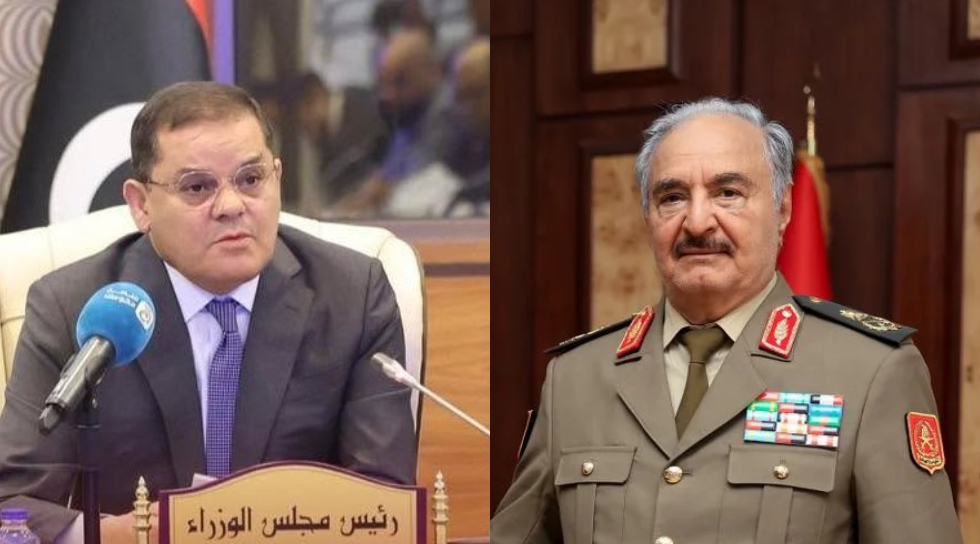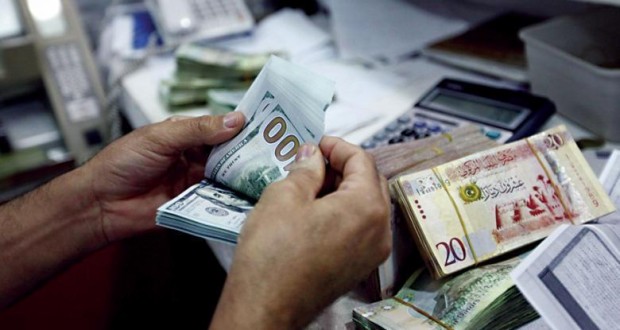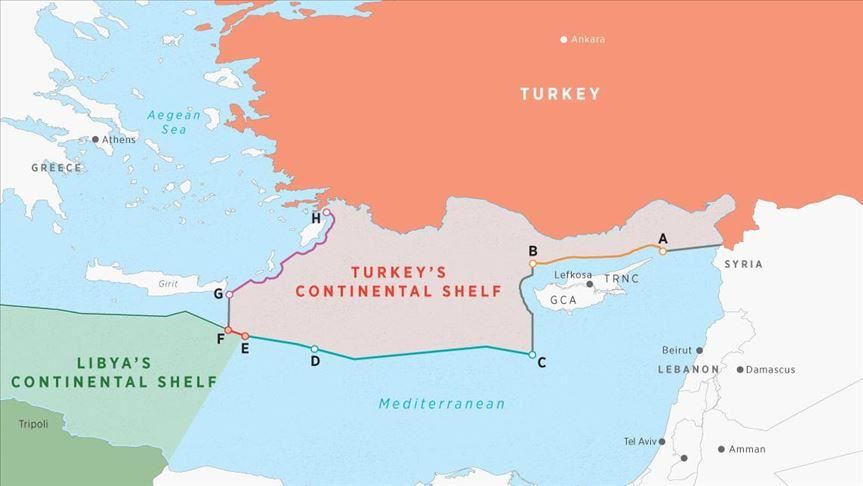Central Bank of Libya grapples with forex crisis
Published on 2025 March 31, Monday Back to articles
Libyan Dinar banknotes
The Libyan economy is caught in an increasingly precarious foreign exchange (forex) crisis that is characterised by a widening chasm between the demand for US dollars and the forex revenues. This threatens the economic stability which will impact the financial markets and the lives of the Libyan people. The country’s over-reliance on oil revenues renders it particularly vulnerable to fluctuations in global commodity markets and domestic production challenges.
The Central Bank of Libya’s (CBL) 18 March statement provides stark evidence of the imbalance. Forex sales between 1-17 March reached US$2.3 billion while oil revenues in the same period only totalled US$788 million. This significant discrepancy shows the magnitude of the challenge. The forex sales — divided between US$1.1 billion allocated for personal purposes and US$1.2 billion used to cover Letter of Credit — illustrate the considerable demand from both individuals and businesses. The bank warned that the sustained decline in public revenues, especially from oil, coupled with delays in revenue collection, are placing increasing pressure on the forex reserves. It also identified increased government spending as a significant driver of the rising demand which is undermining its efforts to maintain economic stability.
Analysis of the CBL’s previous monthly reports reveals a concerning trend. Oil revenues fell from US$1.9 billion in January to US$1.6 billion in February, with the US$3.6 billion total being dwarfed by US$6.1 billion forex expenditures during the same period, resulting in a US$2.6 billion deficit. The bank remains committed to providing forex regularly to maintain economic stability, but this growing gap between demand and revenues raises serious concerns about long-term financial sustainability. The persistent disparity between the official exchange rate and the black market rate also indicates that the crisis extends beyond currency availability and reflects a deeper lack of a coherent strategy for controlling spending and managing foreign exchange.
Recognising the urgency of the situation, the CBL’s Monetary Policy Committee met to discuss potential solutions. On 20 March its governor, Naji Issa, met the House of Representatives’ speaker Aguila Saleh. He briefed him on the evolving economic and financial crisis and the challenges impeding the CBL’s plan to increase the value of the Libyan Dinar. These include: rising public spending; inefficient spending practices; and declining oil and tax revenues. He appeared to blame the National Oil Corporation (NOC) and a lack of coordinated policy efforts. Issa reiterated the CBL’s commitment to addressing these challenges and appealed for coordinated fiscal and trade policies alongside monetary policy. He also stressed the necessity of a unified budget to facilitate the CBL’s operations. The following day, in what appears to be an attempt to resolve the crisis, Saleh met the NOC’s acting chairman, Masoud Suleiman, and stressed the importance of the NOC adhering to its legal commitment to transfer revenues to the CBL.
Economists attribute the decline in oil revenues to multiple factors, including: weak global prices; the high cost of fuel imports which account for 45% of oil revenues; excessive government spending; a lack of effective import controls and domestic production incentives which result in 60% of revenues being spent on imports; the collapse of non-oil revenues; increased money supply; and the cross-border smuggling of fuel and goods to neighbouring countries.
Experts concur that there are viable solutions, predicated on sufficient political will and a genuine commitment to reform. Doubts remain, however, as to whether such solutions can be effectively implemented in a country that is divided by two governments and ruled by militias where spending and revenues operate without a clear budgetary framework. Experts assert that a continuation of the status quo will inevitably lead to future crises including: a sharp decline in the value of the Libyan Dinar; rising inflation; unemployment; poverty; and a decline in purchasing power. The crucial question remains whether Libya can take urgent measures to control spending and boost foreign exchange resources, or whether the crisis will inevitably worsen.
This excerpt is taken from our Libya Politics & Security weekly intelligence report. Click here to receive a free sample copy. Contact info@menas.co.uk for subscription details.


